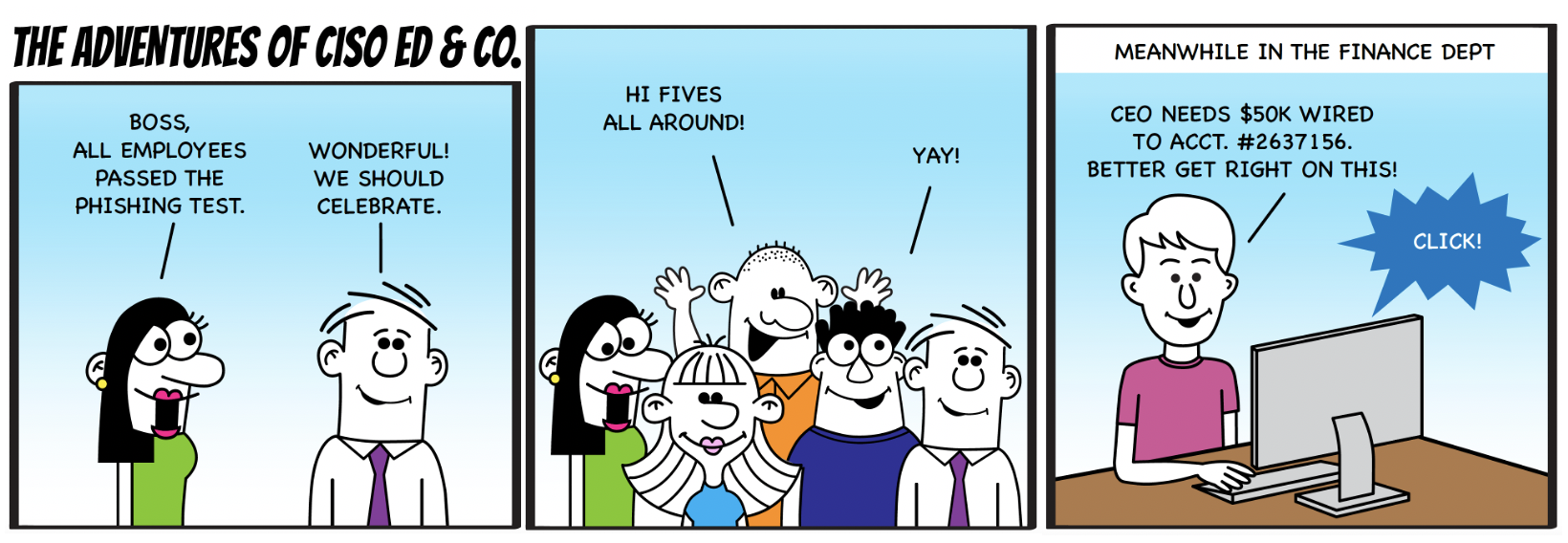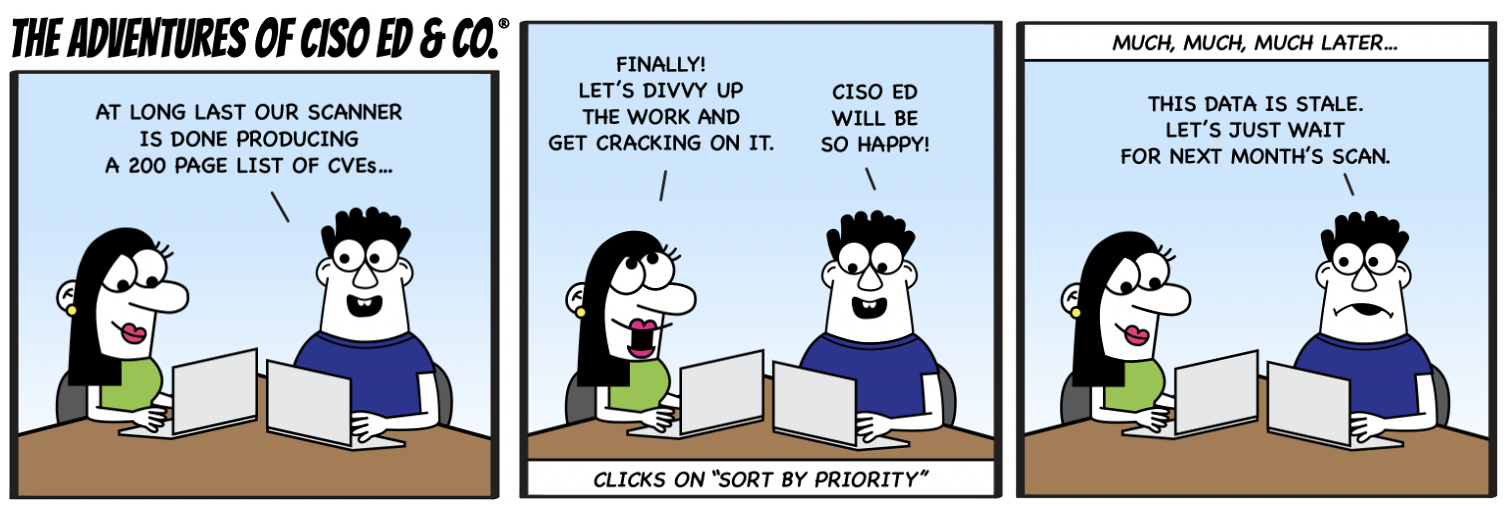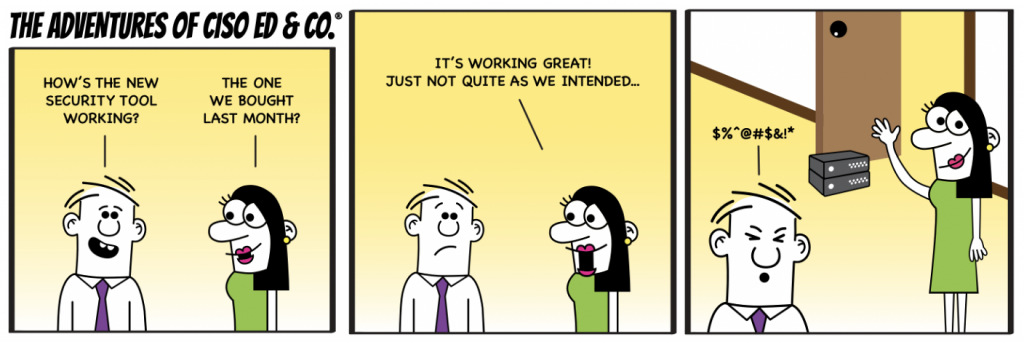At Balbix, we love our platform. We believe in our product and when we demo our product to CISOs and infosec teams, we delight them and actually see their eyes light up (yes, even on Zoom). 99% of the time, this is the case. There are, of course, those 1% of meetings and demos where we see a lukewarm response to our product. Maybe you and your team would be in that 1%. And if that’s the case, you are a team that doesn’t need Balbix. Here are 4 categories of infosec teams that don’t need Balbix.
1. You have full visibility into your attack surface
You know all the IT assets on your network, even those BYODs, IoT, or OT assets. You can see in real-time when new devices connect to your network or when physical machines move to virtual. You also know which asset is vulnerable to exactly what types of attack vectors and how damaging a breach resulting from that asset would be to your organization. If this is you, maybe you don’t need any help from us.

But you know what? Our customers tell us that, after deploying Balbix, they find 15-35% more assets than they thought they had.
Balbix gives you comprehensive visibility into your attack surface. That means discovering all your assets in real time and monitoring them across hundreds of attack vectors. So, if you really do want to see everything that you need to secure, maybe you should consider Balbix.
2. You only have unpatched software CVEs and no other issues
In your organization, all of your risk only arises from those pesky unpatched software CVEs. All you have to do is run that vulnerability scanner once a month, divvy up the thousands vulnerabilities it spits up amongst your team, and then start applying patches. Oh, and also, wait for every Patch Tuesday and repeat. Easy peasy.
However, if you have people employed in your organization, you know that you may have at least a few with bad password hygiene, some who reuse passwords across work and personal accounts, and maybe even a handful that write their passwords down. A few of them may even have the tendency to click through bad certificate warnings or may be easily phished. And if you have any kind of software running anywhere, you know that it may have flaws such as misconfigurations or may use little to no encryption.

This means your organizational breach risk arises from a number of different issues and is not limited to CVEs. This also means that your legacy vulnerability tools don’t really catch these issues.
Balbix helps you know your risk not just from CVEs but also from other risk issues like password reuse, users who may be prone to being phished, encryption issues, misconfigurations, trust-relationships, and malicious insiders. And not only that, Balbix actually matches this breach risk down to the particular asset that is most susceptible to it. So, if you need a way to map your entire attack surface, Balbix is the tool for you.
3. You swear by prioritizing vulnerabilities using the generic CVSS system
Okay, you have a thousand vulnerabilities. You use the CVSS base scores to prioritize the order in which you respond to them. Even though you know that this approach is fundamentally flawed because for starters, only a very small fraction of high and critical vulnerabilities are ever exploited in the wild, and you are essentially wasting effort and resources in remediating them, you still continue because this is how things are done in your organization, and you don’t want to change the status quo. If this is you, then you don’t need Balbix.

But if you are tired of wasting time mitigating issues that didn’t even need to be looked at in the first place, or you are fed up of patching something that could have waited a week or a month, or you survived a near-miss incident because you almost didn’t patch that one vulnerability that you should have jumped on right away, you should check out Balbix.
Balbix uses a 5-dimensional risk-based approach to prioritize vulnerabilities. The Balbix platform quantifies risk for every unpatched CVE (and hundreds of other attack vectors), based on vulnerabilities, threats (i.e. is it really being exploited in the wild?), exposure (is that asset/software even being used?), compensating controls already deployed in the enterprise that may prohibit the vulnerability from being exploited, and business criticality of that asset.
4. You have more budget than you know how to spend
We are in the last third of the year and if you have the budget to do exactly as you please, then stop reading any further. Just hit the “request a demo” button and let us show you our cool platform.
But if you are like most cybersecurity leaders, either your budget has seen some constriction, or you are increasingly worried due to the unprecedented increase in threats and hacker activity in these Covid-19 times. Either way, you need to be smart about what you invest your limited resources in to maximize the returns on your investment. Consolidating your existing tools and replacing ones that are not effective or impactful anymore will also play into it.

With Balbix, you can clearly see how much each existing security control is impacting overall risk. You can also look at the potential impact of proposed controls, which is particularly helpful when defending new budget line items or when proposing changes to the cybersecurity strategy for the organization.
By now, you get the idea
Do these 4 reasons ring a bell? Have they succeeded in nudging you off the fence? If you’re committed to getting visibility into your attack surface by discovering all your inventory, decreasing your breach risk, increasing your teams’ efficiency by reducing wastage of time and resources, and want your cybersecurity investments to be effective and prudent, you probably need Balbix.
And that’s perfect, because we’re ready to help. Schedule some time here to see a live demo.

